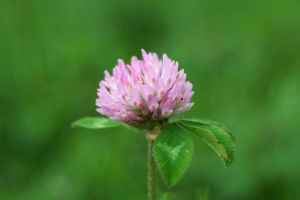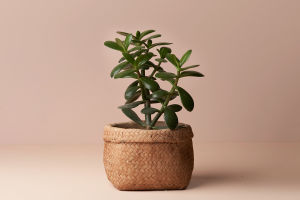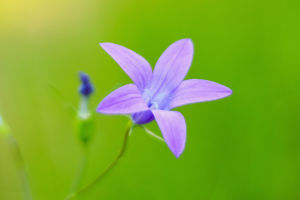Looking for a plant that offers beauty, versatility, and environmental benefits, Lykkers? The common sunflower (Helianthus annuus) is an exceptional choice.
Known for its towering height, bright yellow petals, and multifunctional uses, this plant has long been a favorite for gardeners, farmers, and nature lovers alike.
1. Origins of the Common Sunflower
The common sunflower has a fascinating history that dates back thousands of years. Native to North America, it was cultivated by Native American tribes who valued the plant for its seeds, oil, and medicinal properties. Over time, sunflowers spread to Europe and other parts of the world, where they became symbols of beauty and nourishment.
2. Growing Sunflowers: Simple Tips for Success
Sunflowers thrive in full sunlight and prefer well-drained soil, so it’s essential to choose a sunny spot in your garden or farm. Plant sunflower seeds after the last frost, spacing them about 6 inches apart to allow room for growth. Water them regularly during the early stages but remember, sunflowers are quite drought-tolerant once established.
3. Nutritional Benefits of Sunflower Seeds
Sunflower seeds are not only a tasty snack but also a nutritional powerhouse. Sunflower seeds are particularly high in vitamin E, an antioxidant that supports skin health and protects cells from damage. They are also rich in magnesium, which plays a vital role in maintaining muscle and nerve function.
4. Sunflowers in Agriculture
In addition to their beauty, sunflowers serve as a valuable agricultural crop. Their seeds are used in various products, including snacks, cooking oils, and bird feed. Sunflower oil is widely used in cooking due to its light flavor and high smoke point, making it suitable for frying, baking, and sautéing.
5. Environmental Contributions of Sunflowers
One of their remarkable abilities is phytoremediation—the process of absorbing harmful substances like heavy metals from contaminated soil. This makes sunflowers an effective tool for cleaning up polluted areas and restoring soil health. Their flowers attract bees, butterflies, and other pollinators, which are crucial for maintaining biodiversity.
6. Sunflower Varieties for Every Need
Giant sunflowers can grow over 12 feet tall and are perfect for those looking to harvest seeds or create a dramatic garden centerpiece. Dwarf varieties of sunflowers provide all the beauty in a more compact form, reaching just 1-2 feet in height. Sunflowers also come in a range of colors beyond the classic yellow, including shades of red, orange, and even white.
From providing nutritional seeds and cooking oil to supporting pollinators and cleaning up the environment, sunflowers are a versatile and valuable addition to any garden or farm!


